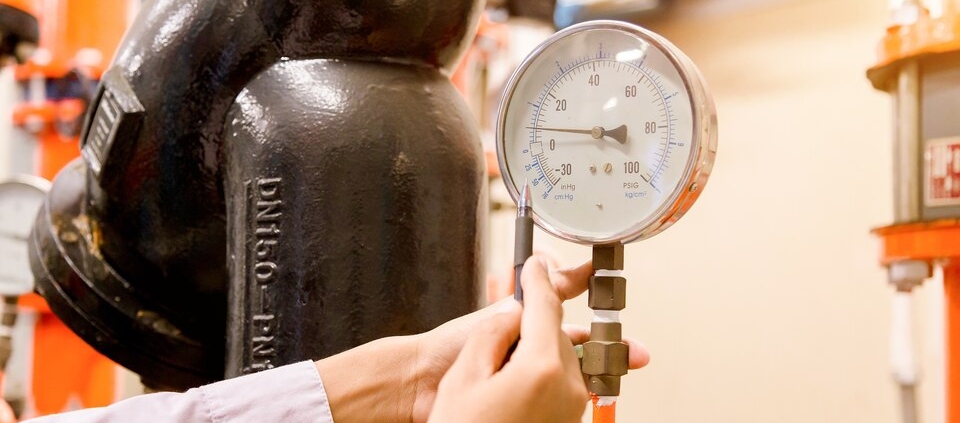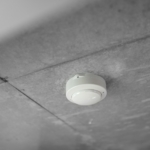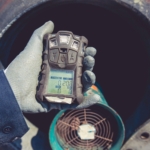Signs Your Gas Testing Equipment Needs Replacement
Gas testing gear doesn’t last forever. When you’re working in environments that rely on accurate readings to detect dangerous gases, your equipment needs to be working properly every time. That’s why it’s worth paying attention to how your gas detector performs day to day. Small things like inconsistent readings or a slow response might seem like harmless annoyances, but they can be early warning signs that the unit’s on its way out.
If you push faulty gear too long, you’re not just risking a breakdown, you’re putting everyone around you at risk. It’s not always easy to tell when something needs upgrading, especially if it’s still kind of doing the job. That’s where a bit of know-how goes a long way. By learning what to look for, workers can avoid putting their trust in equipment that’s past its prime.
Signs Of Wear And Tear
The first thing you’ll usually spot is physical damage. Gas detectors might be built for tough jobs, but they still cop their fair share of knocks, drops and exposure. Over time, that daily wear starts to show. You might see cracks in the casing, buttons that don’t press cleanly, or even corrosion forming around sensor ports.
These defects can affect how well the device reads gas levels. A cracked sensor cover might let in moisture or dust. A corroded battery compartment might lead to power problems mid-shift. Even damage that seems minor can affect accuracy or the lifespan of internal components.
Here’s what to watch for:
– Cracks or dents on the surface or near the screen
– Loose or damaged sensor covers
– Worn-out buttons or switches that stick or don’t function
– Rust or moisture signs around seams, plugs or battery areas
A quick once-over every day can catch these changes early. It’s worth setting up a habit of inspecting your detector each morning before a job and again at the end of the shift. This doesn’t take long, and it can mean the difference between carrying on safely or using gear that may give false readings.
One technician in Perth noticed a crack along the side of their handheld gas tester after using it in heavy rain for several days. Moisture managed to seep in, and over time the readings began acting up. The crack seemed harmless at first, but it ended up costing them several hours of troubleshooting after the unit finally shut down without warning. Keeping an eye on these changes gives you control before the problems start stacking up.
Inconsistent Readings
False alarms or irregular readings can be frustrating, but they’re also a big hint you shouldn’t ignore. If a detector beeps more than it should, shows unexpected spikes, or reacts slowly to known conditions, something isn’t right inside. Sensors wear down over time, and when they start to go, the readings can shift between underpowered and over-sensitive.
When equipment isn’t giving the same response to the same test conditions, it can confuse workers and drag out the job with extra checks. Worse still, if the unit underreads, it might miss actual hazards, and if it overreads, it can lead to unnecessary interruptions or panic.
To keep performance steady:
– Calibrate your unit regularly, following the set schedule for your specific model
– Compare readings with other units when you’re unsure
– Replace sensors after their operating life, even if the device still powers on
– Log any strange results or unusual patterns, especially if they pop up more than once
Gas testing setups often come with bump testing features or calibration stations. If you’re finding that bump tests are failing more often, and you’ve ruled out environmental factors, it could be time for new gear. A sensor that used to respond quickly to certain gases might now take longer or barely move at all.
Keep in mind that even though electronics may seem fine on the surface, ongoing small errors in readings are often deeper than what a quick fix can reach. Replacing an aging unit before it fails during a critical moment is a safer bet than hoping it’ll last just a bit longer.
Expired Sensors And Components
Gas testing equipment isn’t built to last forever, and the internal parts, especially sensors, come with an expiration date. These sensors slowly lose sensitivity the longer they’re used. Even if the device powers up like normal, an out-of-date sensor can give you slow or unreliable readings that throw off the entire test.
It’s easy to overlook this if you haven’t dug into the manual or checked the sticker on the back of the unit lately. Most detectors will have sensor life spans printed or programmed into them. Once those dates pass, accuracy starts to slide.
Keep an eye out for:
– Sensors that have passed their factory-recommended replacement date
– Equipment that consistently shows zero or unusually low readings in areas known to have trace gas levels
– Long lag times when exposed to test gas during bump checks
– No reaction at all during known exposures
Even routine wiping or exposure to cleaning chemicals can slowly wear sensors down. Humid days in Perth, dust build-up, or regular knocks from site gear can speed this up. That’s why it helps to track when parts were last replaced and when they’re next due. Setting a reminder or making it part of your maintenance log saves you from relying on fading memory.
One crew member recalled a time when their gas detector passed the self-test, but the sensor had quietly expired. The tool still turned on, the screen looked fine, and it gave a confident all clear. But the air around them actually had higher gas levels than it could detect. That kind of silent fault is what makes expiry awareness so important.
Frequent Malfunctions And Failures
When your gear starts playing up all the time, freezing, turning off, giving random alerts, you’ve got to start asking how much longer it can hold out. These constant failures don’t just eat up time. They wear away trust. If you can’t rely on a detector to behave consistently, it won’t matter how accurate it was once. Minor flaws might still be fixed, but a growing pattern usually signals the end.
Take note of these repeating issues:
– Random shutdowns in the middle of use
– Delayed power-on or screen blank-outs
– Battery draining extremely fast, even after replacement or full charge
– Display errors making it hard to read levels or settings
– Alarm volume or vibration becoming weaker or not working at all
If these problems are showing up regularly, it’s worth keeping a log to track how often they occur. That way, the guesswork gets taken out when you’re deciding if it’s time to move on from that unit. A log that says the unit’s failed three shifts in two weeks paints a clear picture.
Here in Perth, where the job sites vary from humid coastal areas to dry dusty grounds, it’s quite common for detectors to take a beating. One team lead shared how their unit powered down three times in a single day during confined space checks. It became clear that boots on the ground needed to move on from that equipment quickly.
Stay One Step Ahead with Good Gear
Knowing when to update or replace your gas testing equipment comes down to staying alert to the small stuff, the wear marks, the reading delays, and the subtle warning signs. Catching those early can stop bigger problems later on. Gas detectors are safety tools first and foremost. If they can’t be trusted to tell the truth, they shouldn’t be in use.
It’s good practice to have servicing routines and train workers on what failing equipment looks like. Replacing a dodgy part or retiring a worn-out detector might seem like a downtime hassle, but it’s nothing compared to what can happen if a bad reading leads someone into a dangerous space. You’re working to high standards when you expect the same from your gear. Keeping it updated means getting home safe.
If you’re ready to take safety seriously and avoid the risks of faulty equipment, building up your team’s knowledge of gas testing is a smart move. At Access Unlimited, we offer hands-on training to keep your crew confident and your gear dependable on every job.



